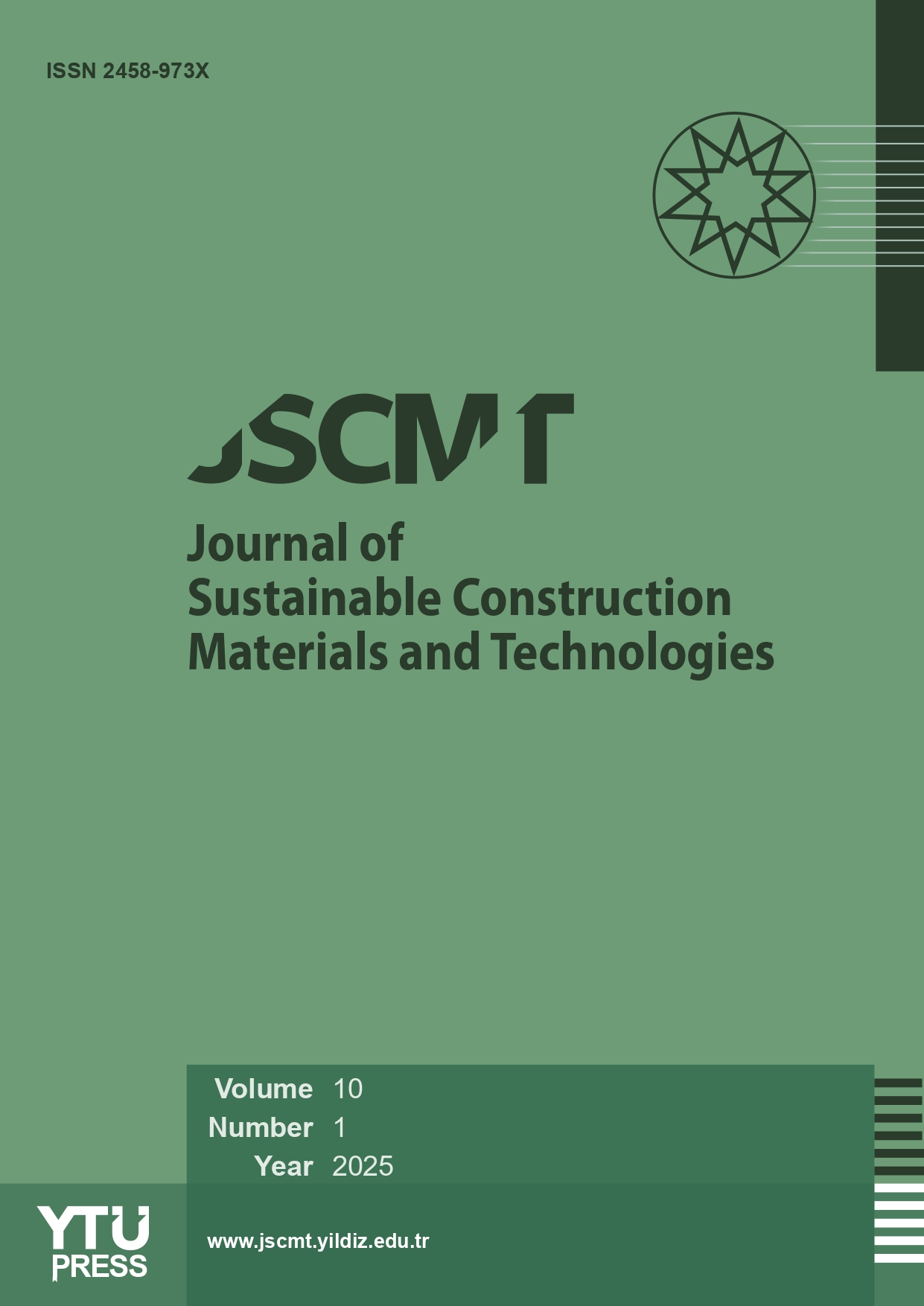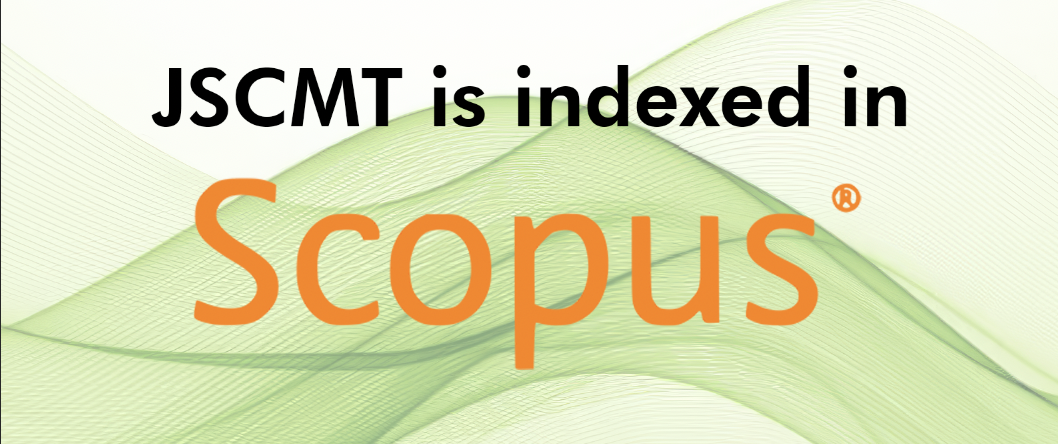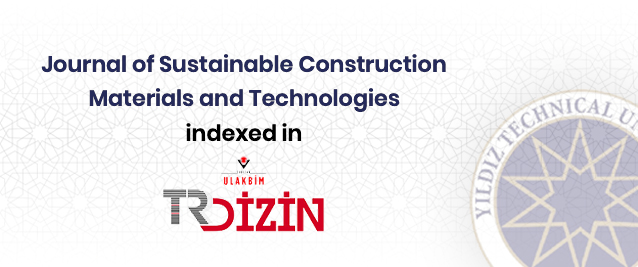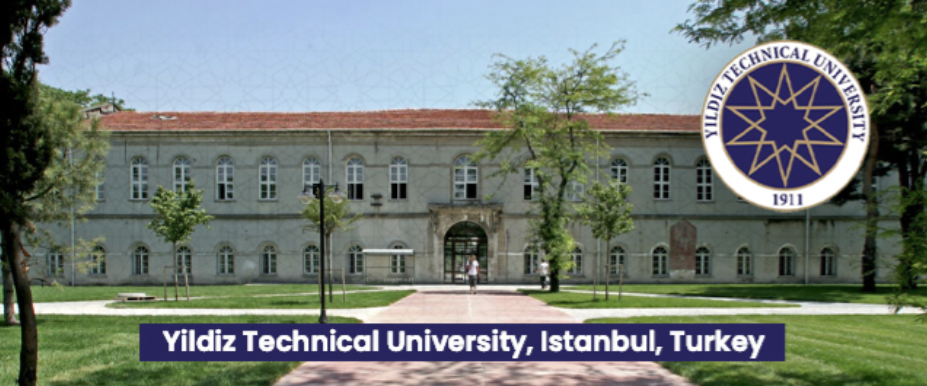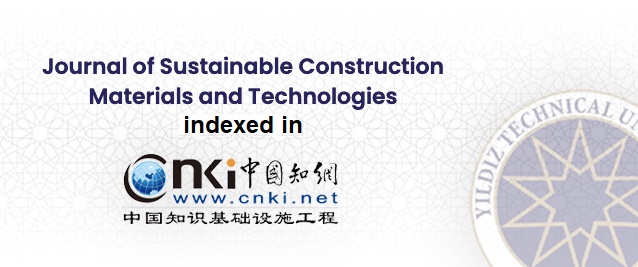2Mouloud Mammeri University, Natural Resources Laboratory, Tizi-Ouzou, Algeria
3Chemistry department, Université Toulouse 3 Paul Sabatier, Castres, France; RAPSODEE, Ecole des Mines, Albi, France
4Chemistry department, Université Toulouse 3 Paul Sabatier, Castres, France
Abstract
Permeable reactive barrier (PRB) containing zero valent iron (ZVI), plaster and additives to make a porous composite structure, was tested to remove an organic nitro compound as model pollutant. An aqueous solution of 4-nitroaniline (PNA) was passed through a porous plaster column and chemical degradation quantified by UV-Vis spectroscopy. PNA was reduced to p-phenylenediamine and the rate of the reduction was strongly related to ZVI amount, pollutant volume, and the contact rate with the metal particles. The PBR could be controlled by design and operation. Test columns were made to evaluate the materials for making precast plaster blocks containing ZVI. The results showed that such porous plaster blocks could be efficient as retaining funneling walls for environmental applications. Thus economical Calcium sulphate solids can be used for making remediation columns for depolution with reactive products such as iron metal with capacity for treating unwanted toxic nitrates, or chlorinatedsolvents present in waterways. A reactive permeable barrier containing zero valent iron will last as long as some iron particles remain to react.


